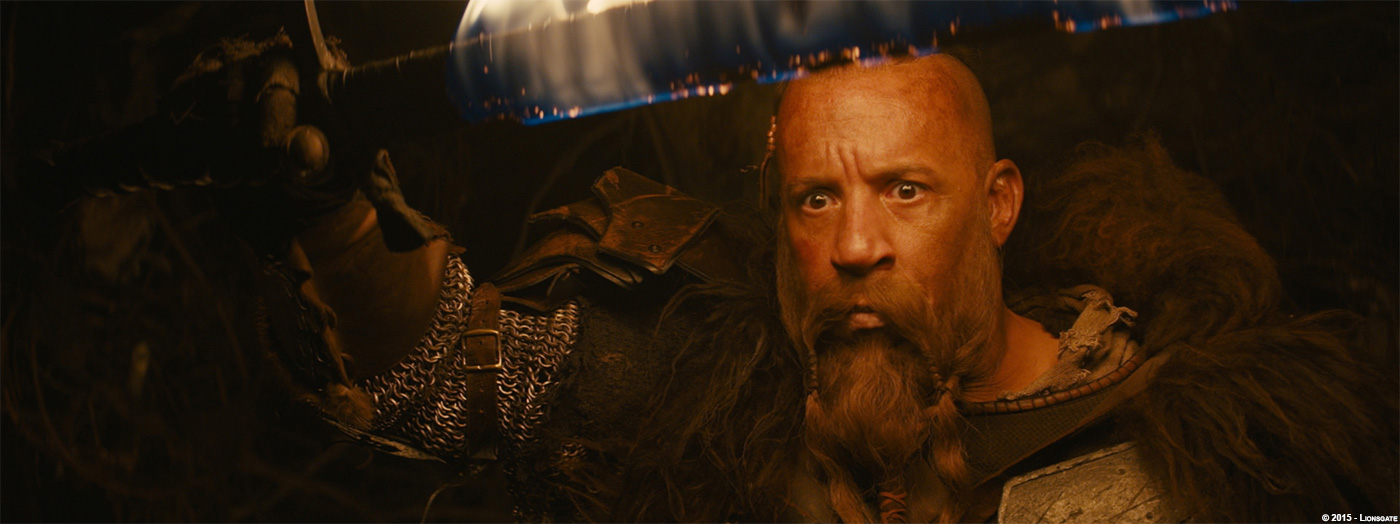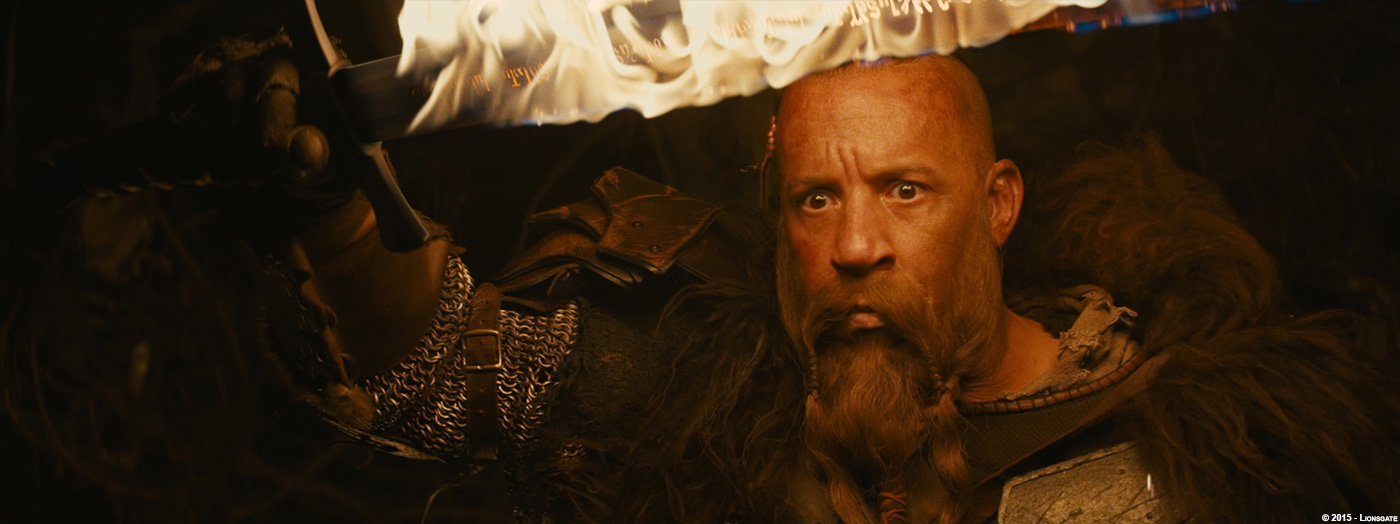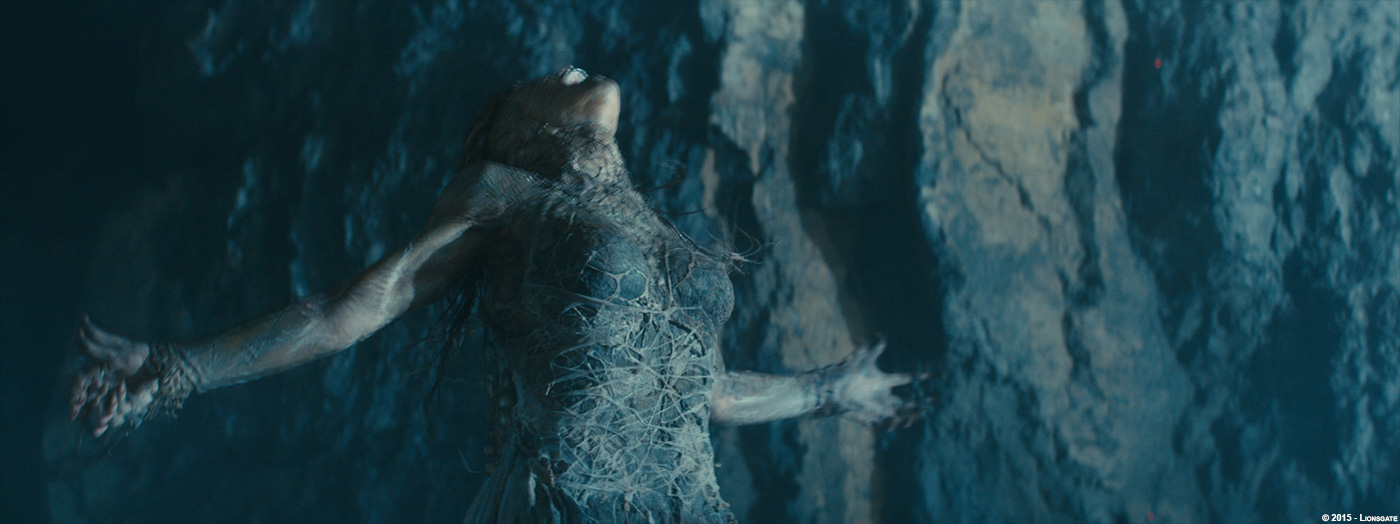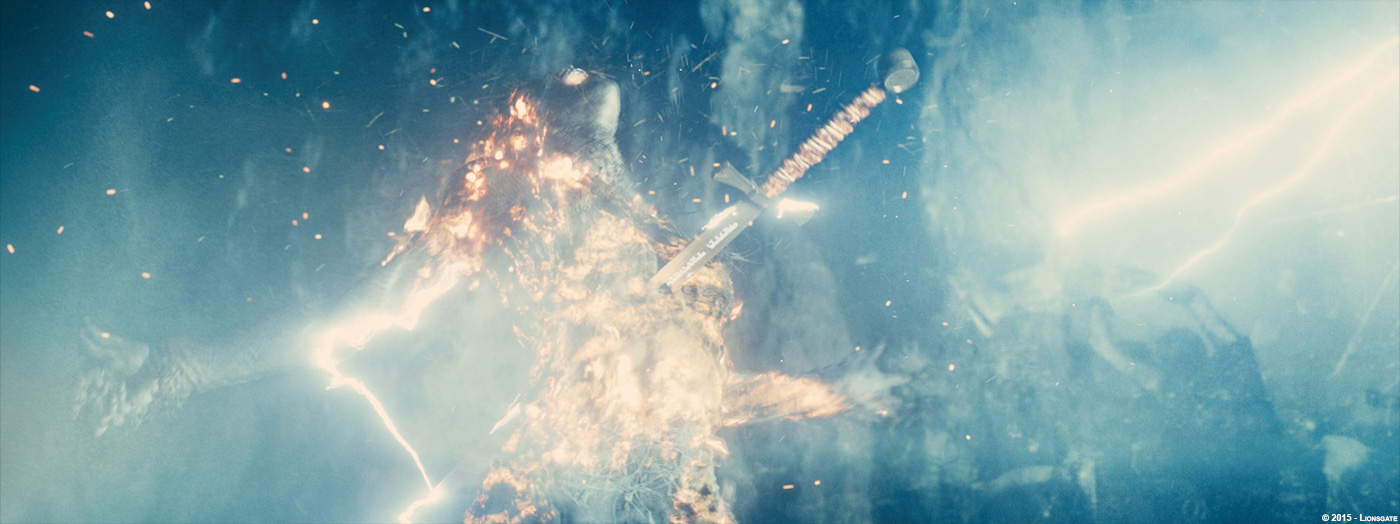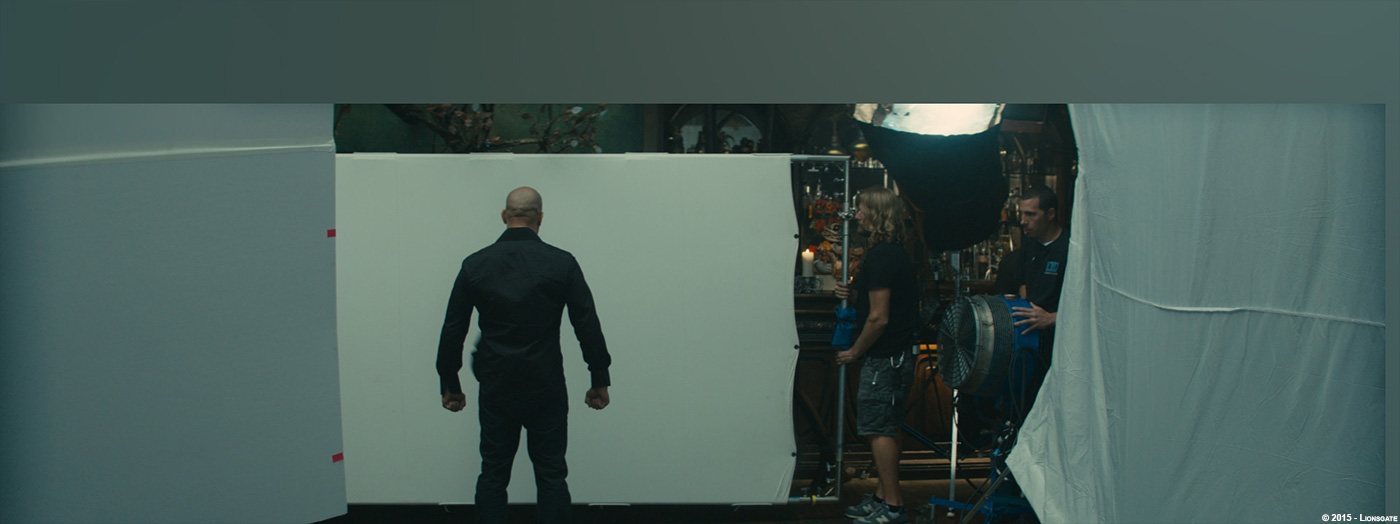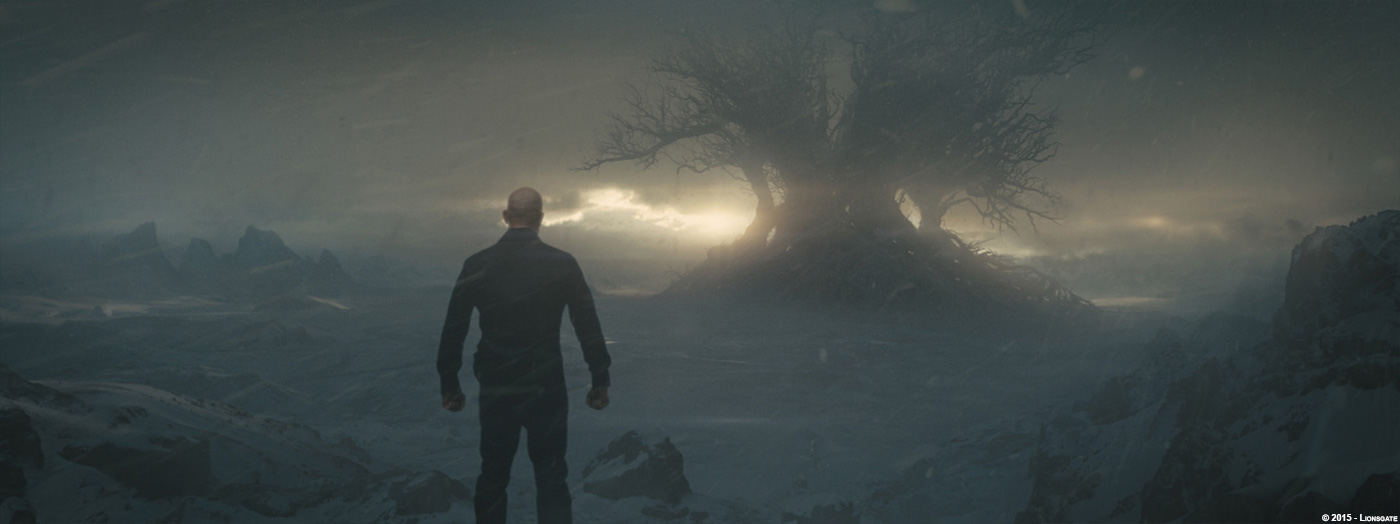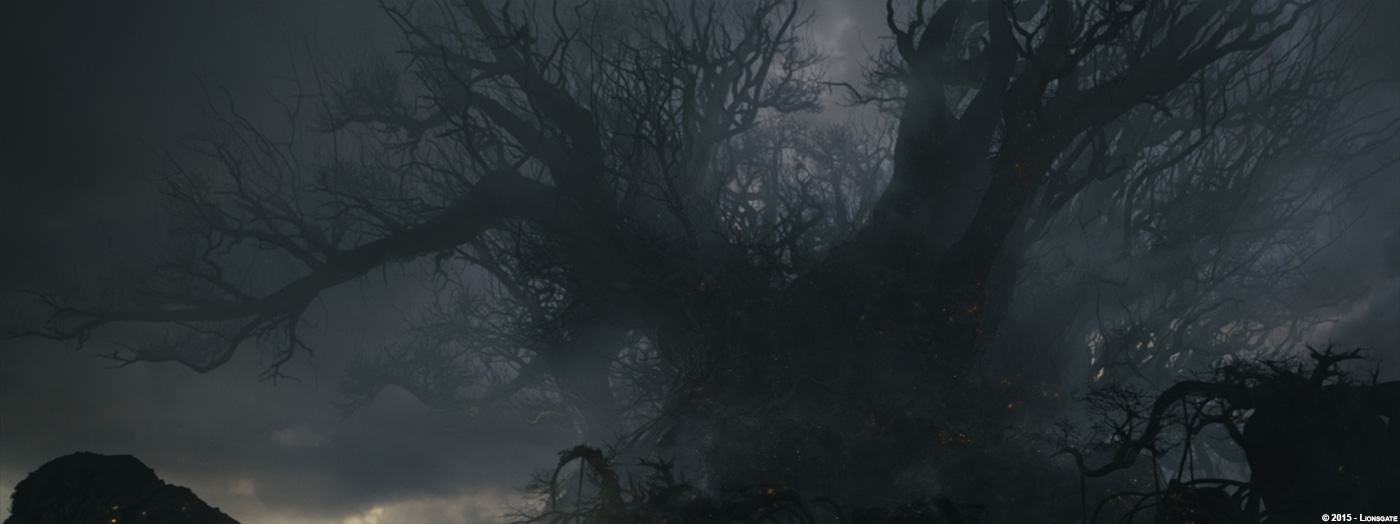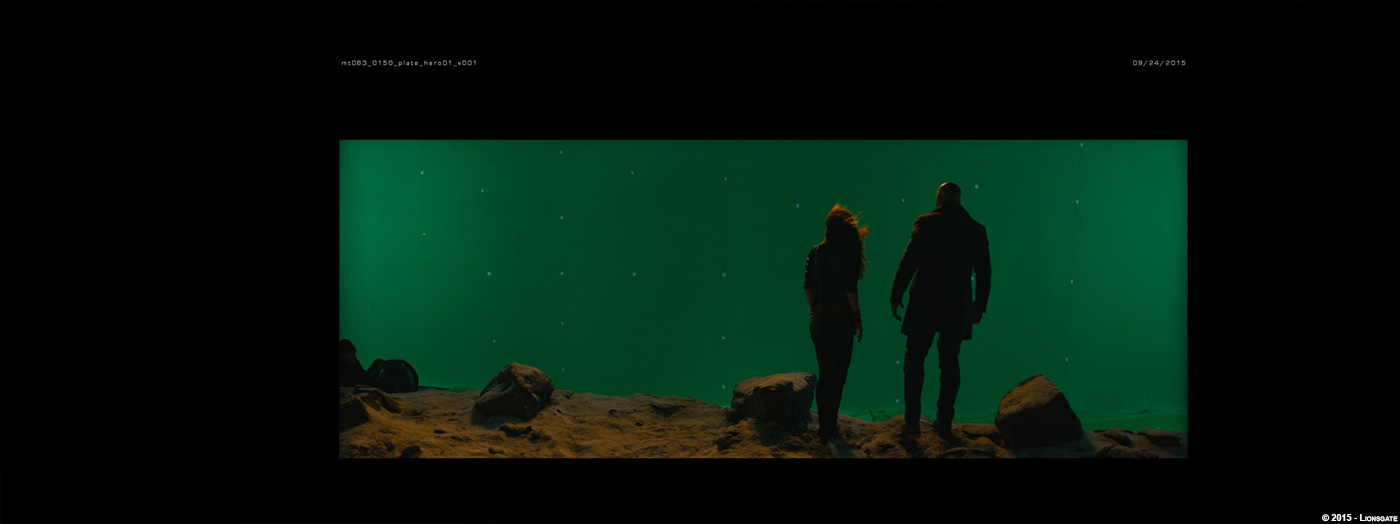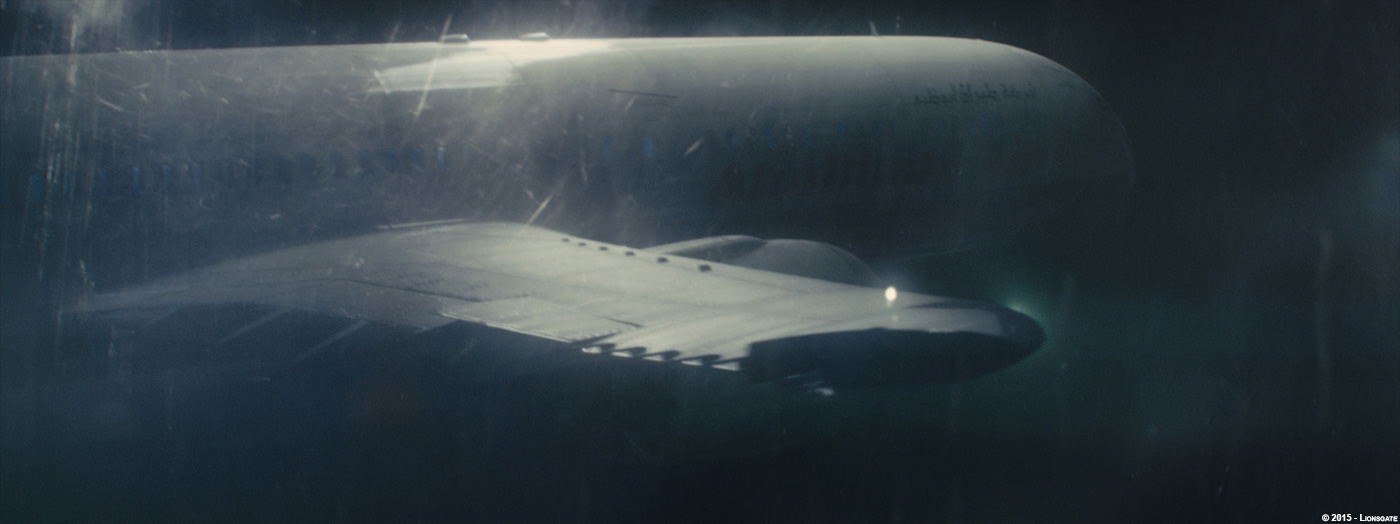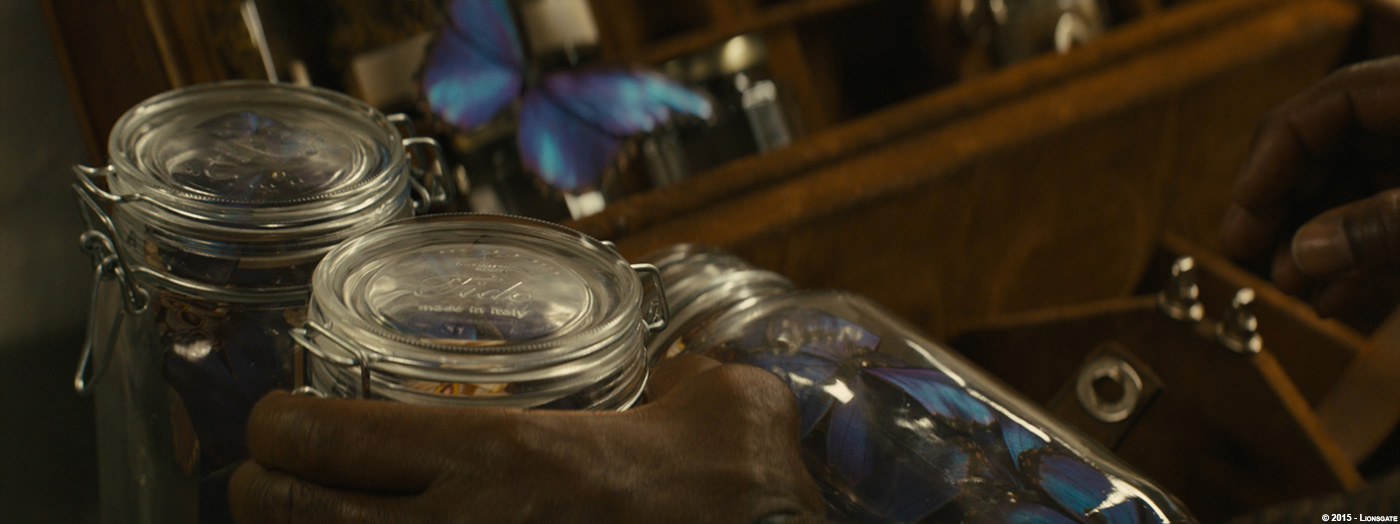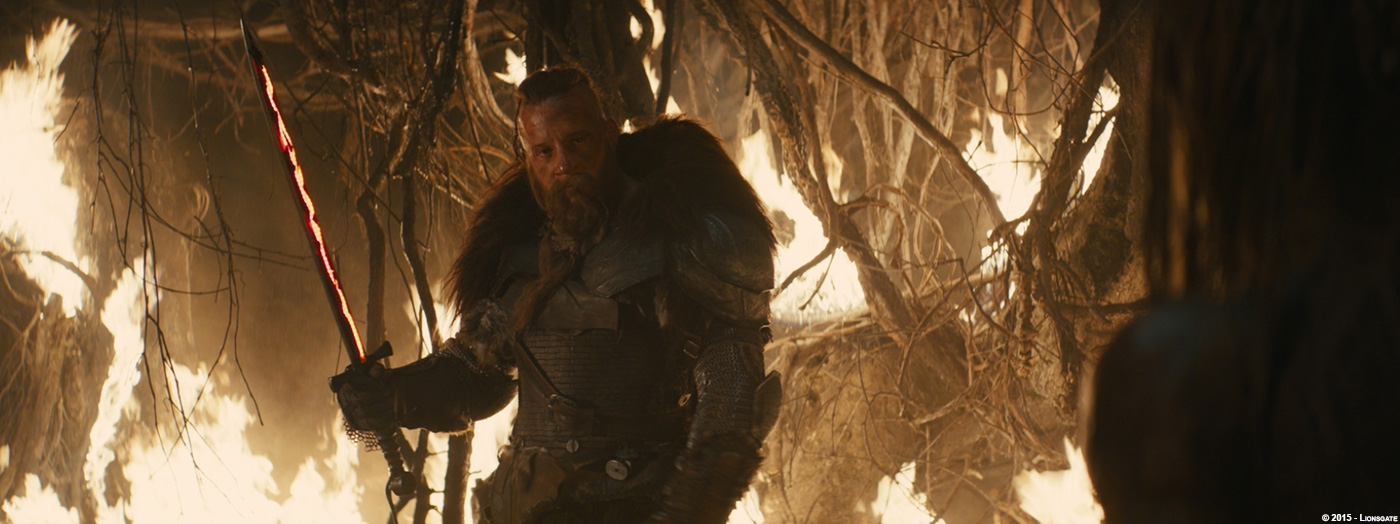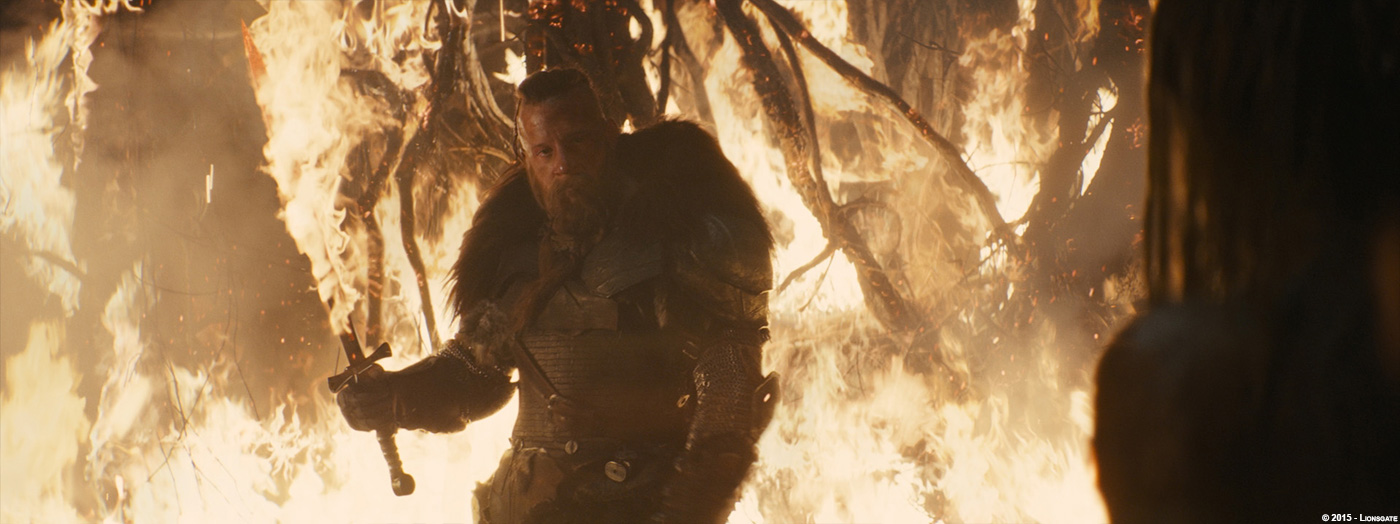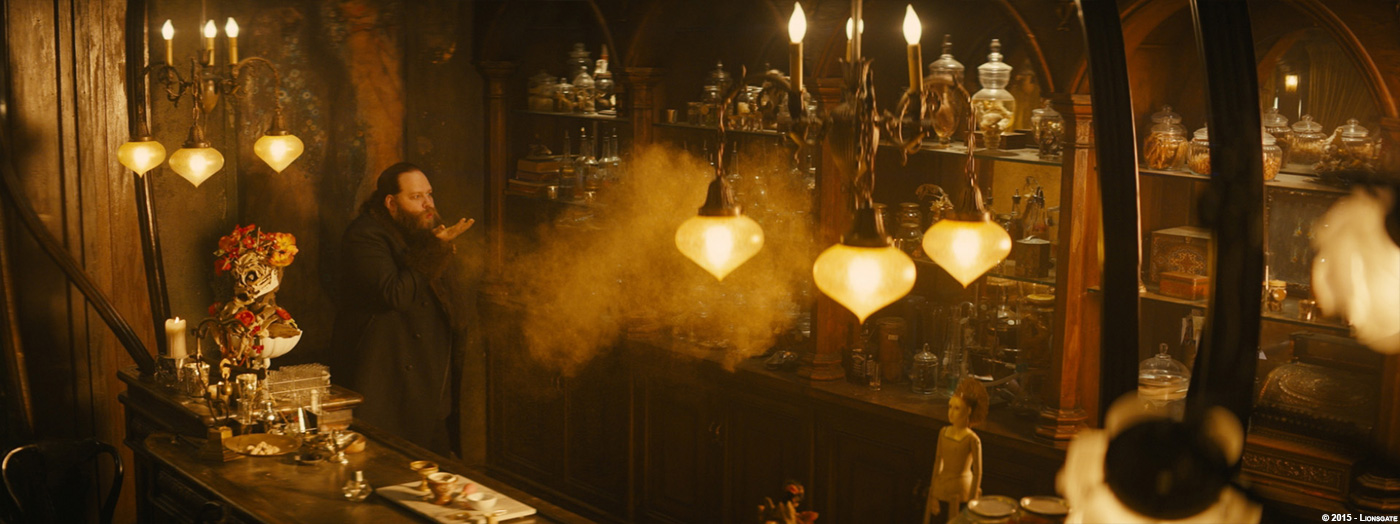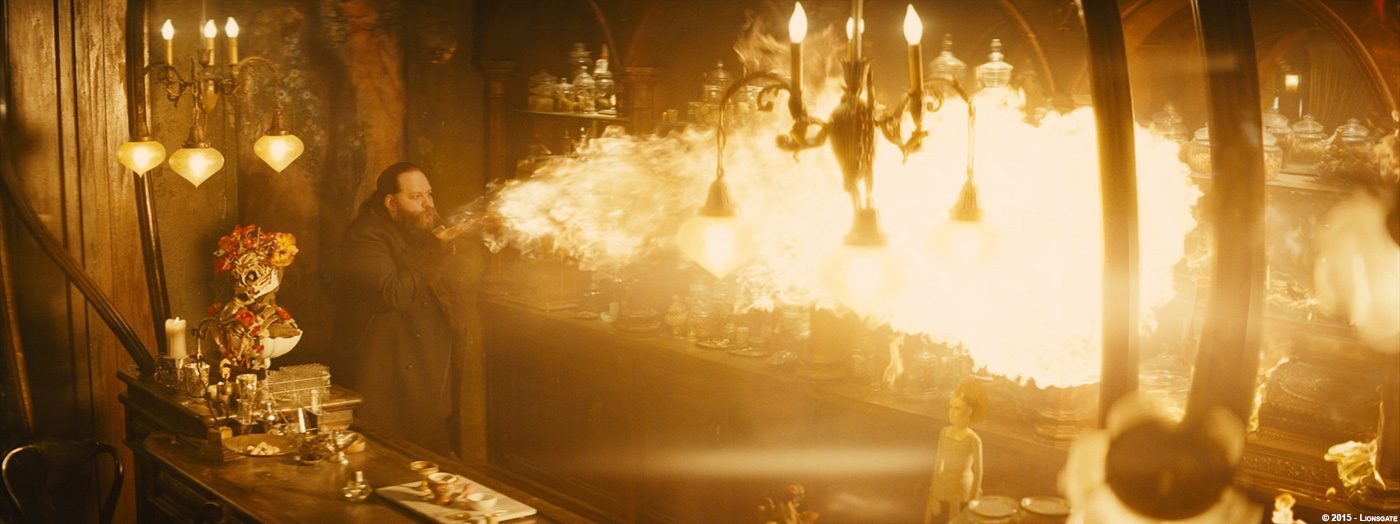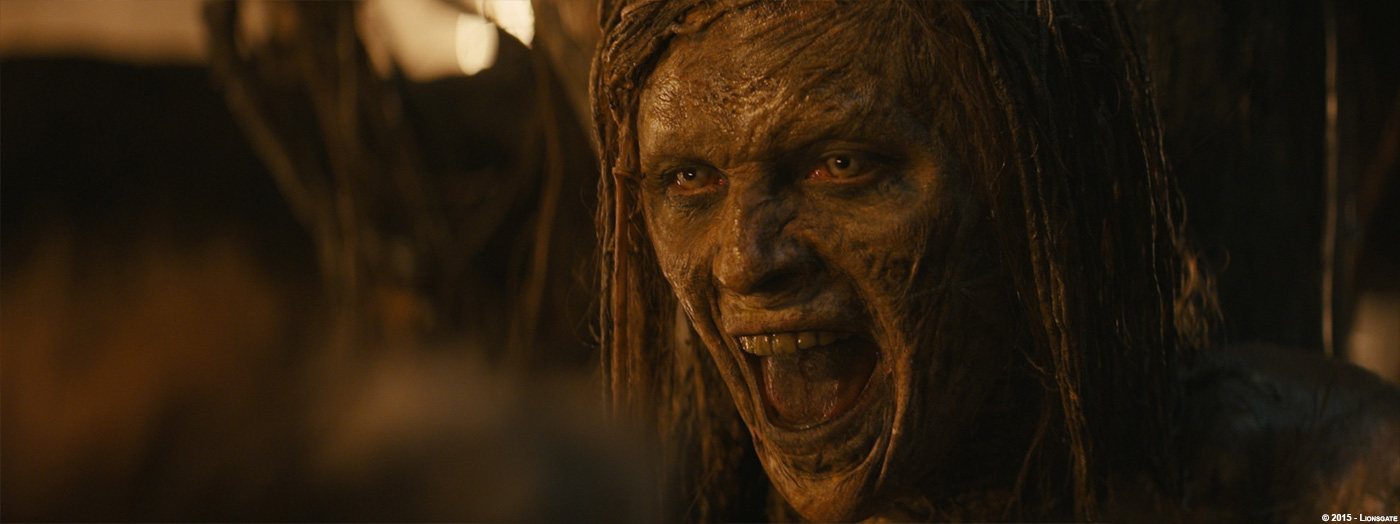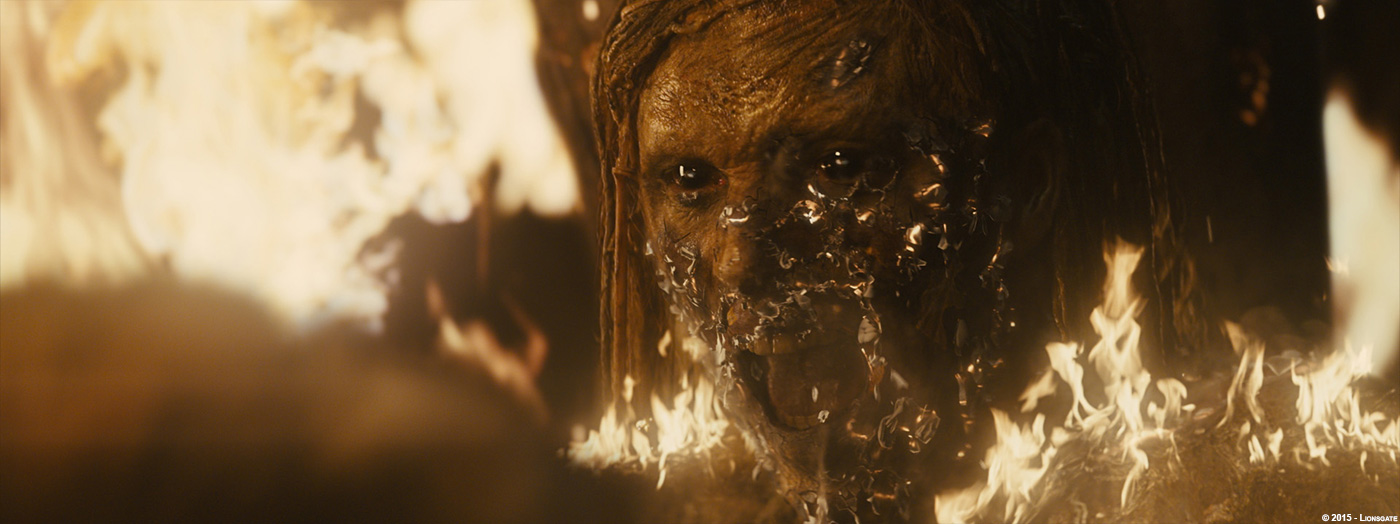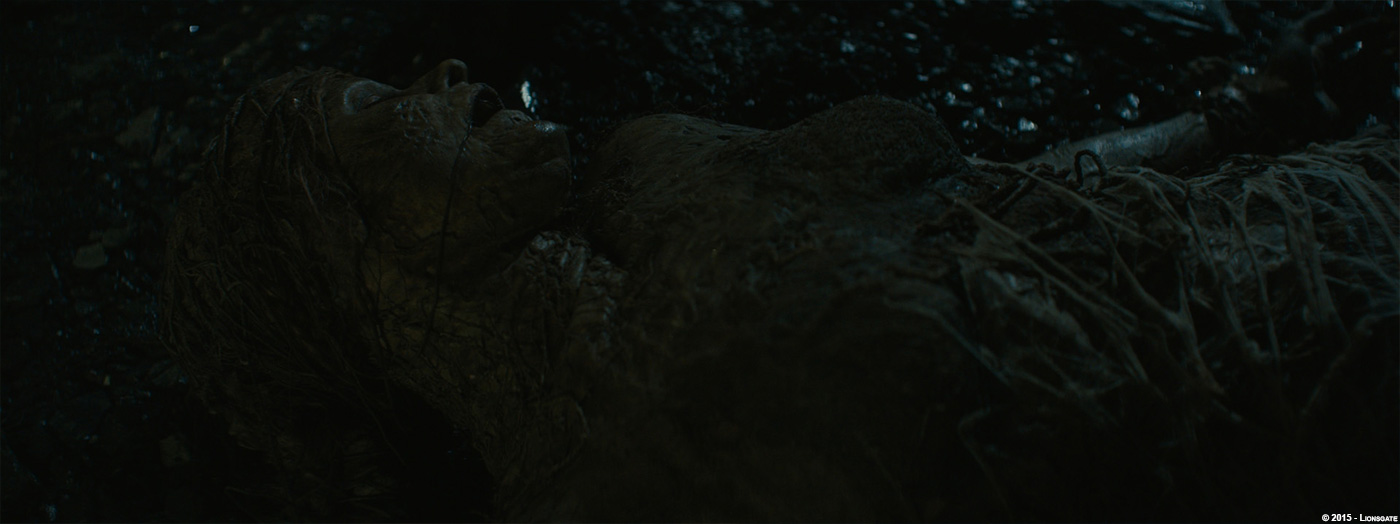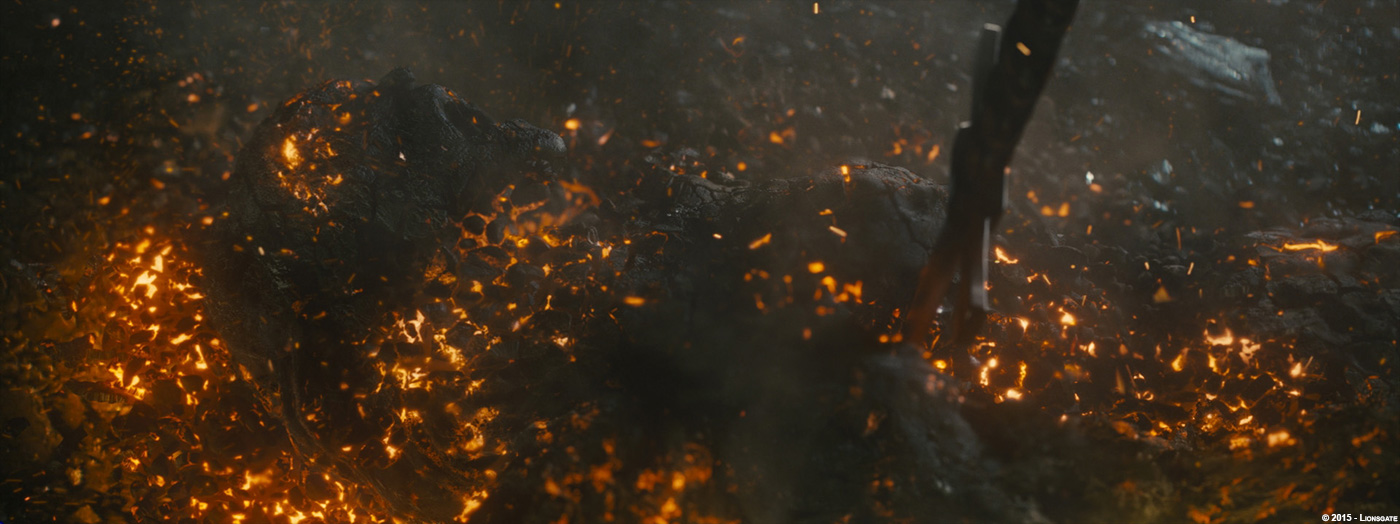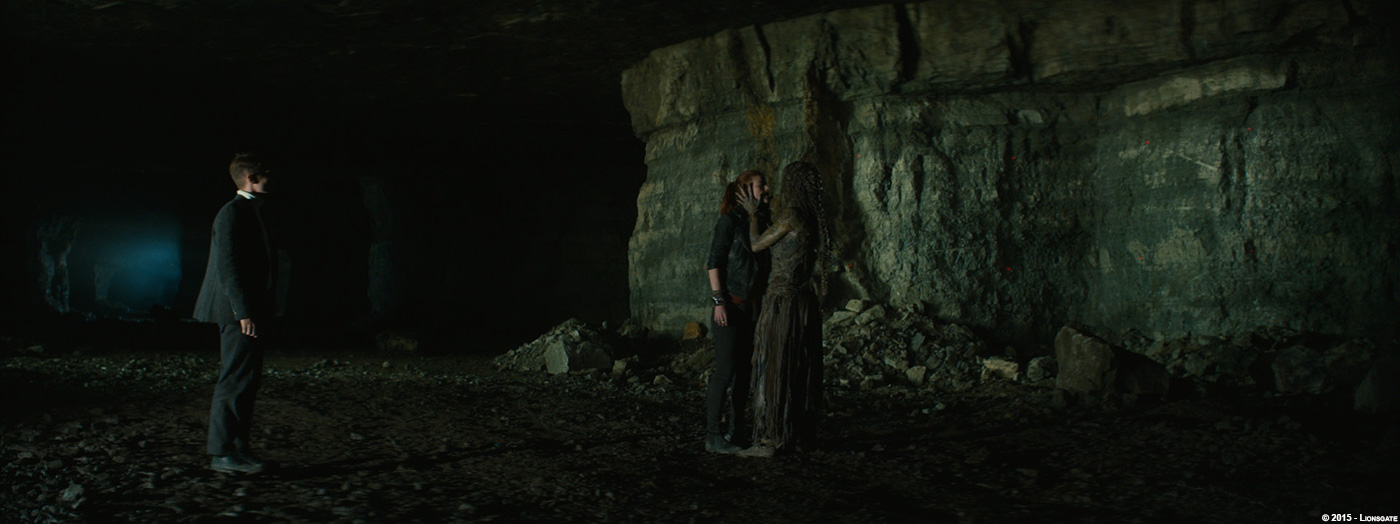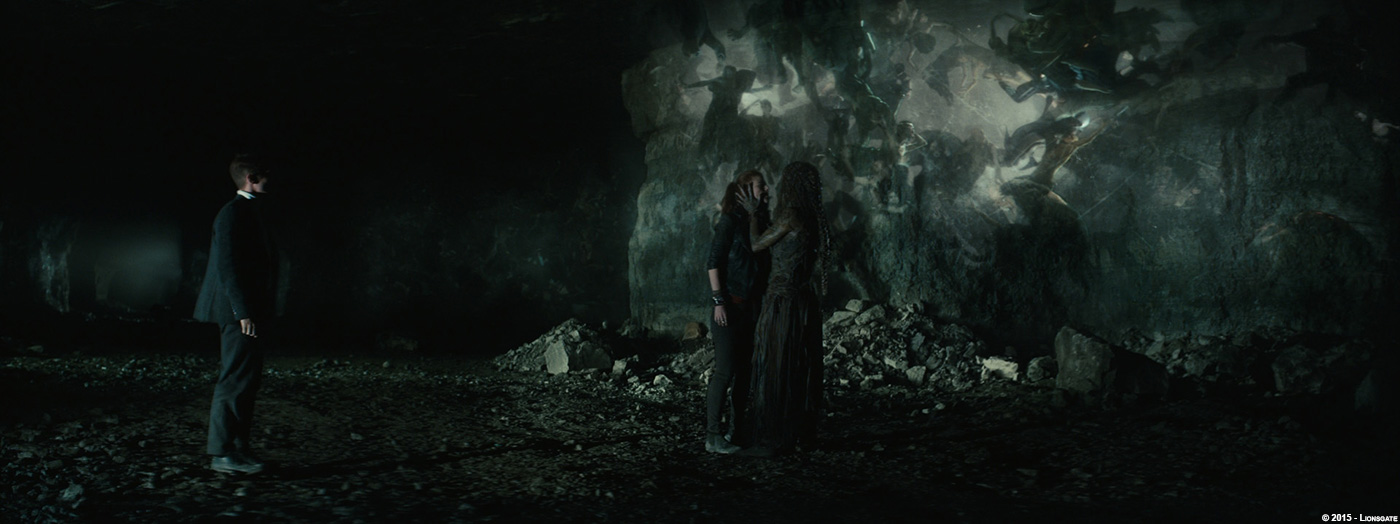In 2013, Ara Khanikian had explained in detail the work of Rodeo FX on NOW YOU SEE ME. He then worked on many projects and oversaw the visual effects of BIRDMAN and TOMORROWLAND. He now talks about THE LAST WITCH HUNTER, which marks the third Rodeo FX collaboration with Nick Brooks.
How did you and Rodeo FX get involved on this show?
Rodeo FX has developed a strong relationship with the studio, as well as Nick Brooks (VFX Supervisor) and Tom Elder-Groebe (VFX Producer) with whom we had previously worked on NOW YOU SEE ME and also LUCY (Nick). So, naturally, this show was a great fit for us to continue this partnership and bring Breck Eisner’s vision to the big screen.?
How was your collaboration with Director Breck Eisner and VFX Supervisor Nick Brooks?
We had a very strong collaborative relationship with Breck and Nick. We were all working in tandem to create amazing visuals that serve the story of this supernatural action film.?
What was their approach about the visual effects?
The approach was fairly straightforward. Everything had to look great 😉
We were extremely fortunate to have very well shot plates, thanks to the work of Dean Semler (Cinematographer) and the beautiful sets and locations. The approach for VFX was to make sure we got as much as we could “in-camera” and enhance on top of it. This allowed us to have a strong reference point for lighting, framing and performances that could be used even for the full CG shots.
What are the sequences done by Rodeo FX?
Being the main VFX vendor on the show, we delivered over 430 shots (approximately 35 min. of screen-time). We had about 150 CG assets spread across the 430 shots and worked on about 50 scenes in the film.
Our work included the Witch tree asset and its environment (inside and outside), all the flaming swords and fire additions / enhancements, the Queen Witch deaths (both of them 😉 ), and the final battle sequence between Kaulder and the Queen Witch. A lot of creature work including flyswarms and creepy-crawlers, fully CG faces in the Fashion show sequence, as well as Kaulder’s CG hand that breaks as he escapes from his handcuffs, and a lot of digidoubles throughout the film. We also worked on the airplane sequence at the beginning of the film, creating fully digital shots of the airliner flying through a massive storm.
Can you describe one of your typical days on-set and then during the post?
On set, the days would start with a walk through of what was planned to be shot on that day, followed by a quick meeting with the VFX team and the heads of departments to ensure we were all covered.
During post, we’d start every day with dailies to review shots and their progress. The rest of the day would be comprised of meetings with the sups and leads, as well as rounds with all the artists. We’d have cineSync sessions every other day with Nick Brooks, the VFX sup to show and discuss our shots. By the end of the project, I could easily spend 7-8 hours per day just reviewing shots and iterations.
How did you design and create the Queen Witch massive tree?
Production provided us with beautiful concept art for the Witch Tree that really showcased its complexity of branching and unique style. Deak Ferrand, our Art Director, took it one step further and illustrated its scale, asymmetry, and desolate environment in which it stood. Its environment is heavily inspired by the Icelandic deserted and out of this world location that was shot specifically for the tree, as well as for the establishing shots where we see the 12 Axe and Cross soldiers as they search for the Tree.
Once we got concept approval, we started the modeling of the tree using XSI and Z-brush. Most of the tree is modeled using a more traditional “by hand” approach and we used Houdini’s L-System to procedurally create all the finer branches. We did layout passes for all the shots where we see the tree to properly compose it into the shots and sell its massive scale.
The environment itself was created by projecting Iceland plates, as well as hi-rez photography from those locations.
How did you create the various set extensions for the Tree?
Most of the sets inside the tree were actually built in studio and they looked awesome. We created multiple set extensions using a combination of the massive roots and branches that we built for the Tree asset and more traditional 2.5DMP approaches. We did create the Shaft, a long vertical tunnel that connects multiple floors inside the Tree, as a digital asset using XSI, Z-Brush, and Houdini.
The Tree gets on fire. How did you enhance these shots and especially the exterior wide shot?
The wide establishing shot where we see the Tree burning was almost exclusively accomplished as a 2D / Comp gag. We started off by recreating the previously established environment but this time, at night. We added hundreds of layers of fire elements using a lot of wildfire and big scale fires as reference. The actors were shot in studio, in front of a blue-screen. We scaled them down and extended the set to give the burning tree even more scale.
How did you create the flight sequence with the plane and the stormy environment?
The plane sequence was a great artistic and technical challenge. Using a lot of storm references and timelapse footage, we created a massive storm using Houdini. We developed volumetric cloud systems with complex lighting rigs to have control over lighting created by lightning strikes, as well as internal illumination of the clouds to give more detail, volume and realism.
The rain and weather was a combination of FX created in Houdini, practical plates of smoke, steam, and water, as well as actual timelapse footage composited into the shots. The plane itself was obviously a CG asset that we built.
When we’re inside the plane, we used a lot of timelapse photography of storms that we slowed down and composited in the windows while heavily relying on water, rain, and smoke elements to properly integrate them. Inside the plane, we also worked on the weather runes effects as Kaulder defuses and separates them to stop the storm outside.
There is a beautiful continuous shot in which Kaulder is in a living room and then in the middle of nowhere. Can you explain step by step the creation of this shot?
This shot was fairly straight-forward. To over-simplify things, it was basically re-using the two different environments that were created for the Witch Tree sequence (the Tree view and the view of the Crevasse from where the soldiers come out), and designing the seam between the two. We re-projected a big portion of the shot plate as Kaulder starts walking, and created the transition from present world to the past one using a 2.5DMP approach. The 12 Axe and Cross soldiers walking towards us were CG doubles and the weather effects (snow, wind, haze) were rendered CG elements.
Flies and butterflies play a big part in the show. How did you create them?
Yes they do! The design of the Plague Fly was inspired by a wasp species that had a very menacing, almost armor-like morphology. The fly was built fairly hi-rez to allow for it to be seen close-up in some shots. From that model, we extracted a lower resolution that we used for all the fly swarm simulations that we did.
The butterflies that we see in the Cupcake sequence were designed using the south American Blue Morpho butterfly. We analyzed them a lot to get a good grasp of their colours and shading, as well as their flight and rest behaviours. The CG model was very hi-rez as the butterflies were seen close-up in a number of shots and you couldn’t really get away with classic cheats.
We also created moths that we get to see in a handful of shots.
Can you tell us more about their rigging and animation, especially when they are in swarm mode?
The rigs for the butterflies were straightforward enough to give the animators, under Raphael Letertre’s supervision, all the controls they needed to accurately animate them and give them life. We built a large animation cycle library that we could procedurally call when we started the simulation for their flight paths.
As for the flies, we used the hero hi-rez model for the close-up shots and created a very lo-rez version of them for the fly swarm simulations. The simulations and lighting of the fly swarms were very complex, as we needed to use a huge amount of flies in every sim to showcase the aggressiveness and violent nature of the attacks.
The story involved many FX for magic, runes, fire and more. Did you receive specific indications and references from production?
Indeed! We had a very wide range of work involving magical and supernatural elements. Kaulder’s flaming sword was a big one. The shots where we see the sword were filmed in two different ways. For the shots where there wasn’t any danger of harming actors, they shot real fire on a prop sword. For the fight sequences, they shot with a half-sword prop that had LED lights on it for interactive lighting. For all the flaming sword shots, we replaced the sword with a CG version to give it its signature look that had a very hot metal look as well as lit runes on the blade. The fire for the shots that had complex movements was created in CG using Houdini. As for the shots that had a more simple movement for the sword, we shot fire elements in our studio that we composited over the CG sword.
The weather runes seen in the airplane sequence and final battle sequence were created mostly in 2D on a Flare system. We object-tracked the practical runes and textured / shaded, as well as created the FX around them (sparks, flares, lightning strikes) using the tools in Flare.
The Forcefield that Belial creates around him as he fights Kaulder in Chloe’s bar was created procedurally in Houdini and shaded / lit in XSI.
The same goes for all the fireballs in the film. They were all a big combination of practical elements blended with FX/Sim.
How did you design and create the death of the Queen Witch?
We had the chance of killing the Queen Witch twice in this movie.
The first time is in the opening sequence where she burns right after transferring her immortality to Kaulder. In this shot, we painted-out the actress from the plate and replaced her with a complete CG double. We hand animated her to match her real performance. We created two different assets for her; one, which is the queen as she looks, and one that looks like the burnt/-charred version of her. Using Maya and Houdini we aligned / shrink-wrapped the two models together and using procedural approaches and simulations, we transitioned between the two models while we incinerated her using CG and practical fire elements. Our CG Supervisor Sébastien Francoeur took care of the shading and lighting for that shot.
The second time we see her die is in the Final Battle sequence where she gets struck by Kaulder’s sword and gets electrocuted. In this sequence, it was a bit more complex as we had to create the effect over a number of shots to show the progression of her death. We matchmoved her performance and tracked a CG double of the Queen and timed our simulations of skin burning, charring, and sparks shot by shot, and ended her death with a full CG shot of her falling to the ground and collapsing into a pile of hot smoldering coal. These shots obviously had the CG sword as well through her with all the lightning strikes hitting her.
During the final fight we can see walls full of prisoners. Can you tell us more about it?
The prison wall was a great challenge as well. Luma had started the R&D and Look Dev for it a while before we were turned over the sequence. So, we had amazing work in progress and look development shots to analyze before starting our shots. They were kind enough to share their witch prisoner assets with us. The big challenge was to have good clarity and understanding of what we were looking at, while having the walls animated in visibility and density. The walls needed to be alive and allow us to look through the rock to see layers and layers of prisoners stuck inside.
We were playing a lot with hero poses, striking silhouettes, and dynamic lightings. We rendered a lot of layers, textures, and different lighting setups and we controlled the reveals and animation in comp.
What was the most complicated sequence to create and why?
In a film like this one, I’d say we had a lot of complicated and complex sequences to create. It varied from creating fully CG shots with the airplane through the storm, to the Queen Witch death shots, to the CG faces in the Fashion Show.
The Final Battle sequence was probably the most complex one where we added all the rain and atmospherics in addition to doing the prisoner walls, the flyswarm attack on Dolan the 37th, and of course the Queen death.
Other sequences included the bar fight with Belial where we added all the fireballs and fire to the bar, the glass forcefield, as well as the CG hand of Kaulder as escapes his handcuffs.
Another one worthy of mentioning was the addition of fire during the fight sequences inside the Tree. We organized a big shoot of fire element in our studios and integrated them with a blend of CG fire, smokes, and embers to enhance all the shots.
What was the main challenge on this show?
The main challenge I would say was handling the creation and delivery of about 150 CG assets used in about 430 shots with an ever-changing cut of the film. You need to develop ways of working with simulations and CG that allow you to easily adapt since most of the effects have a progression and continuity cues over a large number of shots.
How long have you worked on this film?
We worked almost a full year on THE LAST WITCH HUNTER.
How many shots have you done?
We delivered 430 final shots.
What was the size of your team?
The size of the team obviously changed a lot during the course of the project as you crew up or down accordingly to turnovers, deliveries throughout the project, as well as the final delivery. But a total of 190 people including the support staff worked on the show throughout the full year.?
What is your next project?
I, unfortunately, cannot disclose the name of the show I’ll be working on but stay tuned for more info 😉
A big thanks for your time.
// WANT TO KNOW MORE?
– Rodeo FX: Dedicated page about THE LAST WITCH HUNTER on Rodeo FX website.
© Vincent Frei – The Art of VFX – 2015


